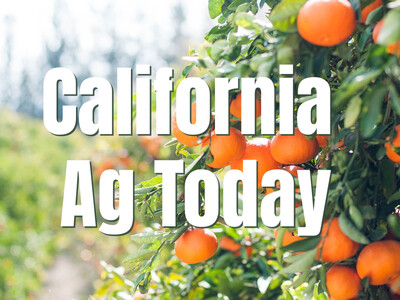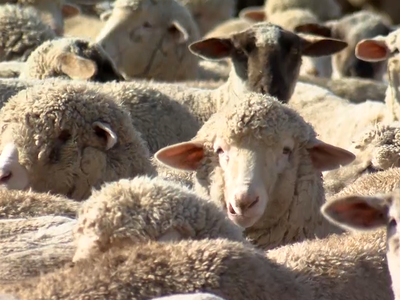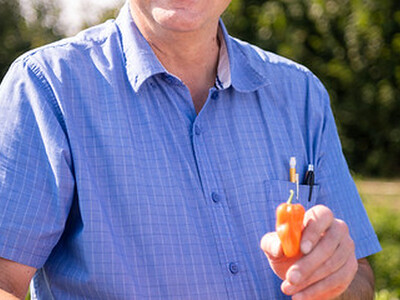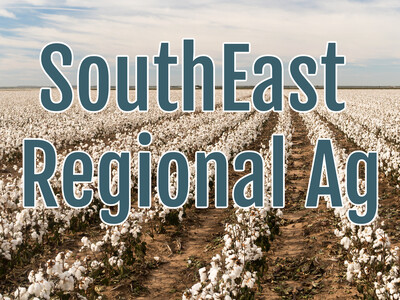Champagne Part 2
Welcome to Vine to Wine this is your host Linda Moran and today we are continuing our series about
To begin with, all wines are made by a process called fermentation, where yeast converts the grape sugar to alcohol and carbonic gas. In the case of














